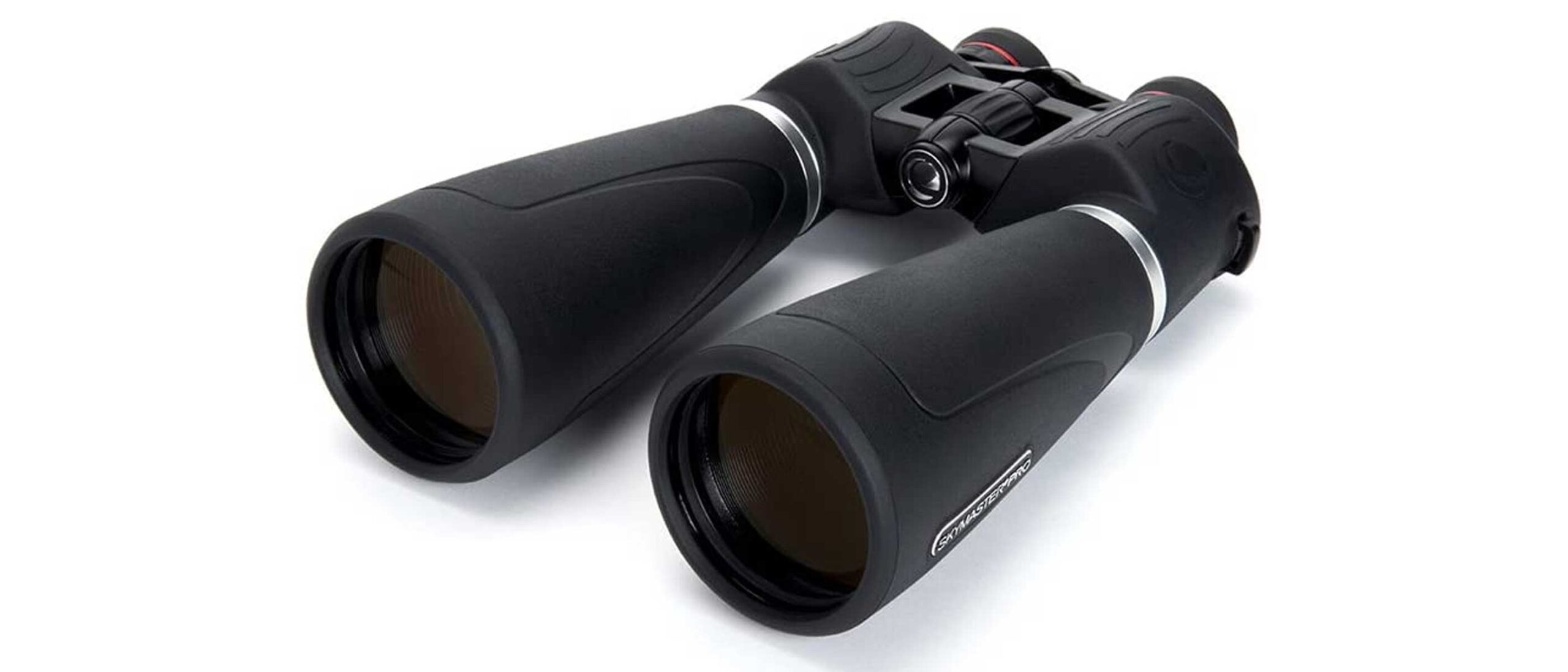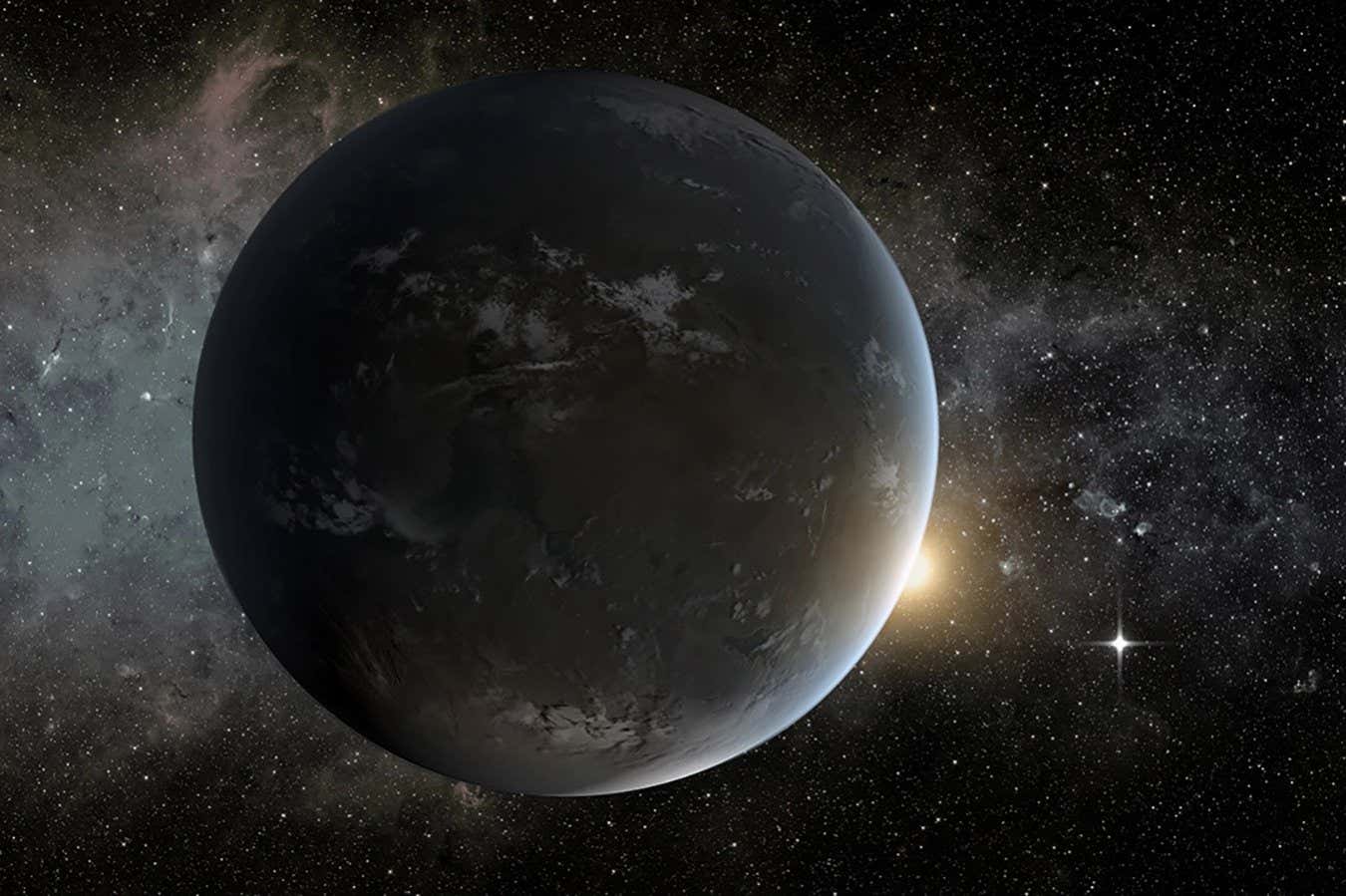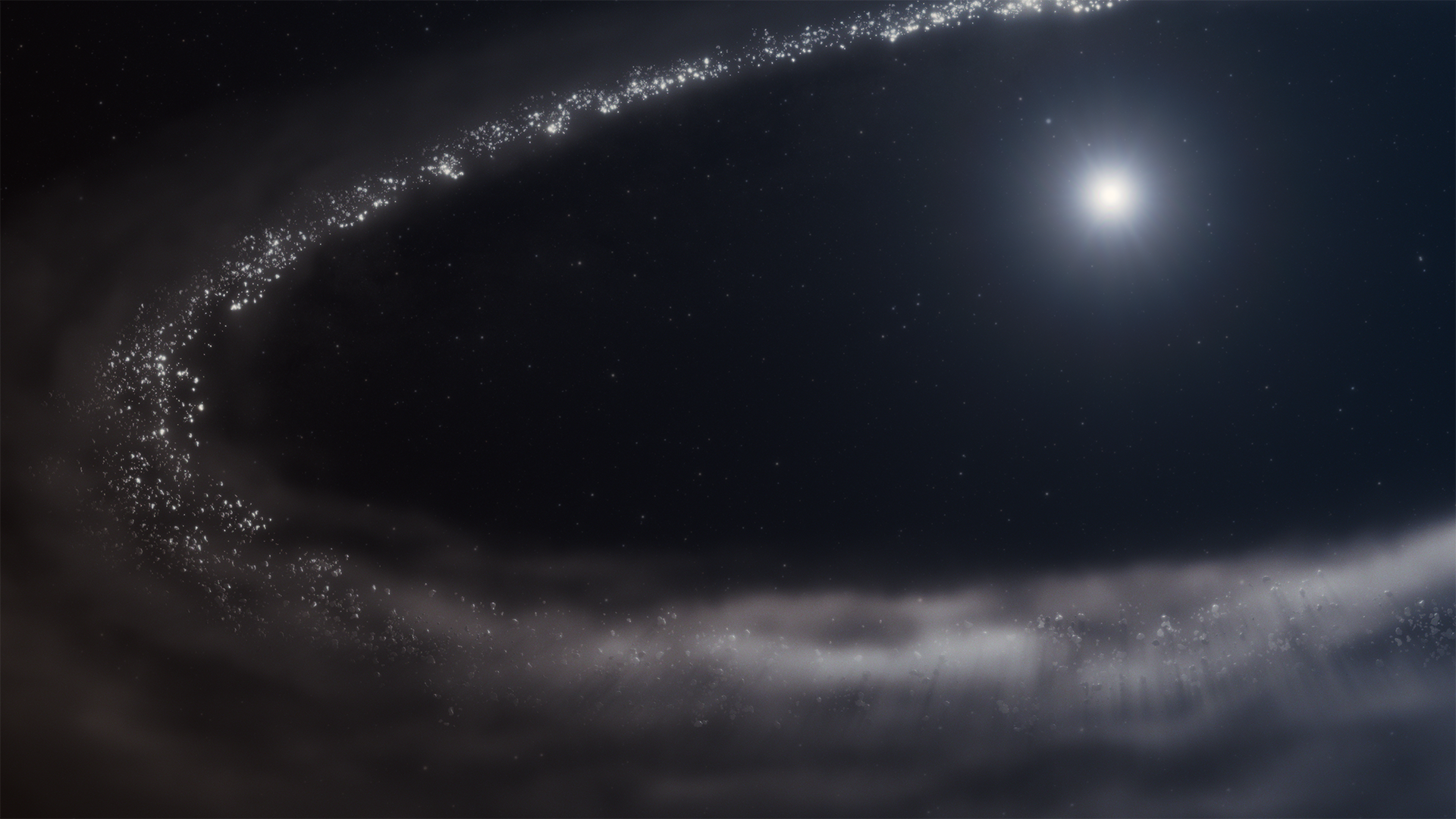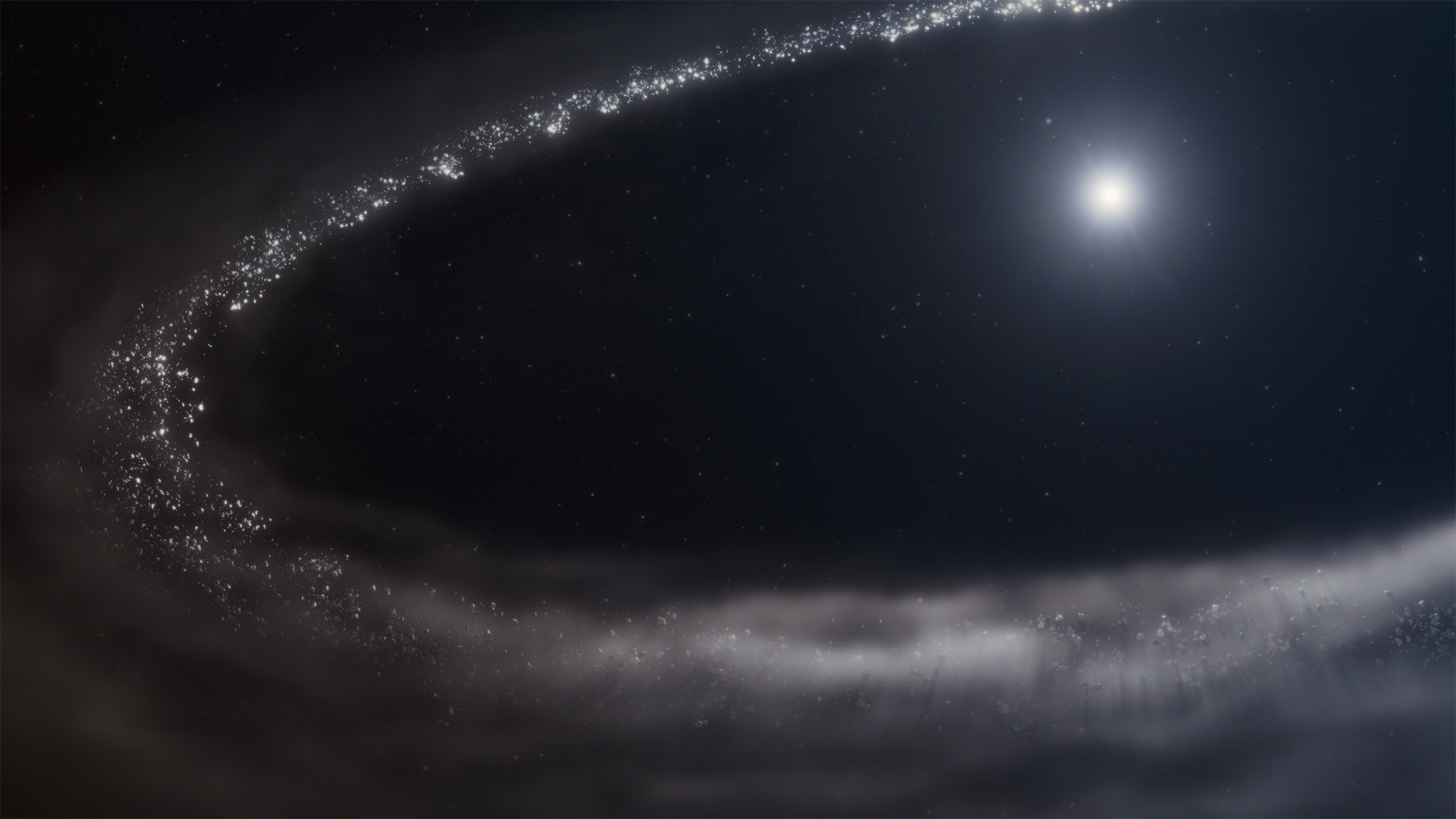-
Why do dwarf galaxies line up? ‘Zippers’ and ‘twisters’ in the early universe may solve a galactic mystery

Structures known as “zippers” and “twisters” in the early universe may explain why dwarf galaxies tend to line up with each other, as well as hint at how dark matter operates in the universe. Every major galaxy like the Milky Way has a retinue of smaller dwarf galaxies orbiting it. The Milky Way has several…
-
Why do dwarf galaxies line up? ‘Zippers’ and ‘twisters’ in the early universe may solve a galactic mystery
Structures known as “zippers” and “twisters” in the early universe may explain why dwarf galaxies tend to line up with each other, as well as hint at how dark matter operates in the universe. Every major galaxy like the Milky Way has a retinue of smaller dwarf galaxies orbiting it. The Milky Way has several…
-
Astronomers Detect Mysterious, Perfectly Spherical Object in Deep Space Emitting Radio Signals

A team of astronomers using the Australian Square Kilometre Array Pathfinder (ASKAP) radio telescope have detected a mysterious, almost perfectly spherical object in deep space. Named Teleios, Greek for ‘perfection,’ the spherical object was invisible apart from the radio emissions it produces, and while similar to a supernova remnant (SNR) in many aspects, it also…
-
‘We don’t know how bad it could get’: Are we ready for the worst space weather?

Imagine being told a storm is heading your way, but you won’t know how bad the winds are or whether they’ll knock out power until just minutes before it hits. That’s the challenge scientists face when it comes to predicting solar storms. We’ve come a long way in understanding space weather. We can spot solar…
-
Take a closer look at the moon and galaxies with the SkyMaster 15×70 binoculars from Celestron: Now only $76!

Catch some of the night sky’s beautiful star clusters with these Celestron SkyMaster 15×70 binoculars. Now $43 off at Amazon, they offer a wonderful 15x magnification, perfect for viewing star clusters, galaxies and lunar detail. We featured the Celestron SkyMaster Pro 15×70 binoculars in our best binoculars guide because of their excellent ability to view…
-
Astronomers double down on claim of strongest evidence for alien life

An artist’s impression of the exoplanet K2-18b NASA Astronomers are still arguing about whether we have recently seen the “strongest evidence” for alien life yet, or simply nothing at all. Now, the researchers behind the original bold claim have reanalysed the data and say they have yet more evidence for molecules with no origin outside…
-
Moon mining machine: Interlune unveils helium-3 harvester prototype (photo)

We just got our first look at a prototype for a novel moon-mining machine. “When you’re operating equipment on the moon, reliability and performance standards are at a new level,” Rob Meyerson, co-founder and CEO of the Seattle-based startup Interlune, said in a May 7 statement. The machine is designed to churn up 110 tons…
-
Nanaimo astronomers will hear about space debris crashing down
Nanaimo Astronomy Society’s guest speaker normally studies the orbital dynamics of objects in the outer solar system’s Kuiper Belt, but lately she’s been distracted by space junk landing in farm fields near her home in Saskatchewan. Samantha Lawler, a professor of astronomy with the University of Regina, has taken up studying the proliferation of objects orbiting Earth…
-
James Webb Space Telescope discovers an alien planetary system’s icy edge

At long last, particles of water–ice have been discovered in the frozen Kuiper Belt of another star. The discovery, made by the James Webb Space Telescope, is a major step forward in filling in gaps in our understanding of how exoplanets develop. Like the Kuiper Belt in our solar system, this extraterrestrial debris disk is…
-
James Webb Space Telescope discovers an alien planetary system’s icy edge

At long last, particles of water–ice have been discovered in the frozen Kuiper Belt of another star. The discovery, made by the James Webb Space Telescope, is a major step forward in filling in gaps in our understanding of how exoplanets develop. Like the Kuiper Belt in our solar system, this extraterrestrial debris disk is…
